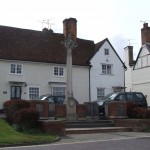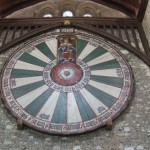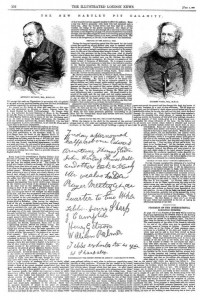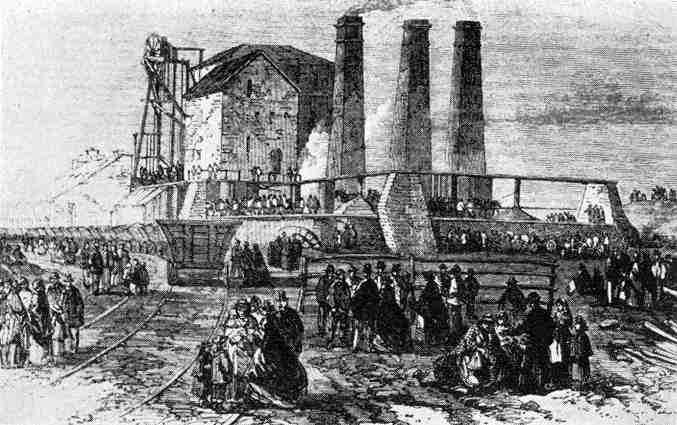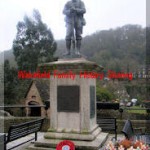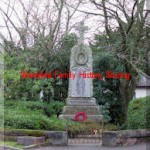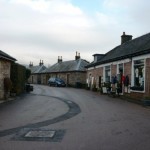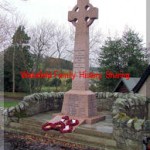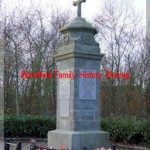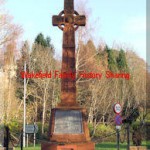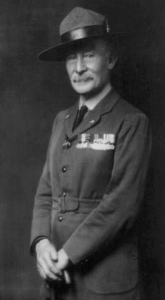Just before Easter I spent a weekend with my daughter and her boyfriend. The weekend started with my driving down to Ealing, meeting my daughter and visiting one of her friends and her new little one. Then a drive to Basingstoke.
Saturday started with a yummy breakfast and then onto Winchester, lunch in Raymond le Blanc’s, a visit to the Cathedral (memorials to follow very soon ) and finally an interesting visit to see The Round Table.
So Sunday arrived and a visit to Odiham and lunch, but before lunch I was given a short tour of Odiham, including, yes, the war memorial and the church – nice village and nice company. Oh! by the way the church has a beautiful window relating to the local RAF station. I’m not a great lover of modern stain glass but that was nice. But, to my surprise it wasn’t even a window, but a very good deception – a light box, but it still looked impressive.
Now to the village memorial to those who have fought and died in two world wars.
Who is mentioned on the memorial to the men and women of the Parish of Odiham ? Geoffrey Harris Gotelee, the son of Arthur and Esther of The Old House. Geoffrey in 1911 was a boarder at St Albans School, his parents at this time ran the Post Office. Richard Elkanah Hownam Healy, the son of Randolph and Alice of Hownam Lodge. 1911 sees Richard living in Kensington Hall Gardens and working as a Reporter for a Daily Paper. He is later mentioned in the London Gazette when he received his promotion.
Another young man from the area was Arthur Henry Pither, son of Stephan and Sophia. Arthur worked in Quebec, arriving in 1908, but was back in the area by 1911. He did however, enlist in the Canadian Army and from that we can get a fleeting glimse of what he looked like.
Guy Lutley Sclater, brother, son and husband. He served as a ~Captain in the Royal Navy and rests in Odiham Churchyard.
Now, W G Wooldridge, he was a little bit of a problem and has not been identified by others who have transcribed Odiham Memorial, but I think family history helps a great deal when transcribing and knowing people make errors and what type of error could occur – well, I found him – so visit the transcription and see who he is and where he rests. In fact, if I had completed the transcription last week, I would have known where he was and could have visited, as I was only a matter of minutes away from him.
The last young man I am going to mention in this taster is Reginald James Moody, son of Charles and Ellen. He served in the RFC and died on 4 March 1917 while flying with 2nd Lieut., Eric Edmund Horn. Edmund had enlisted on his 17th birthday and died on his 19th, so, so young and very brave. They both rest in the same cemetery.
There are still a few young men whose information needs adding to the transcription and they will be finished shortly, as will the WW2 transcript.
To read the transcription or see if your Odiham relative is there Click Here
